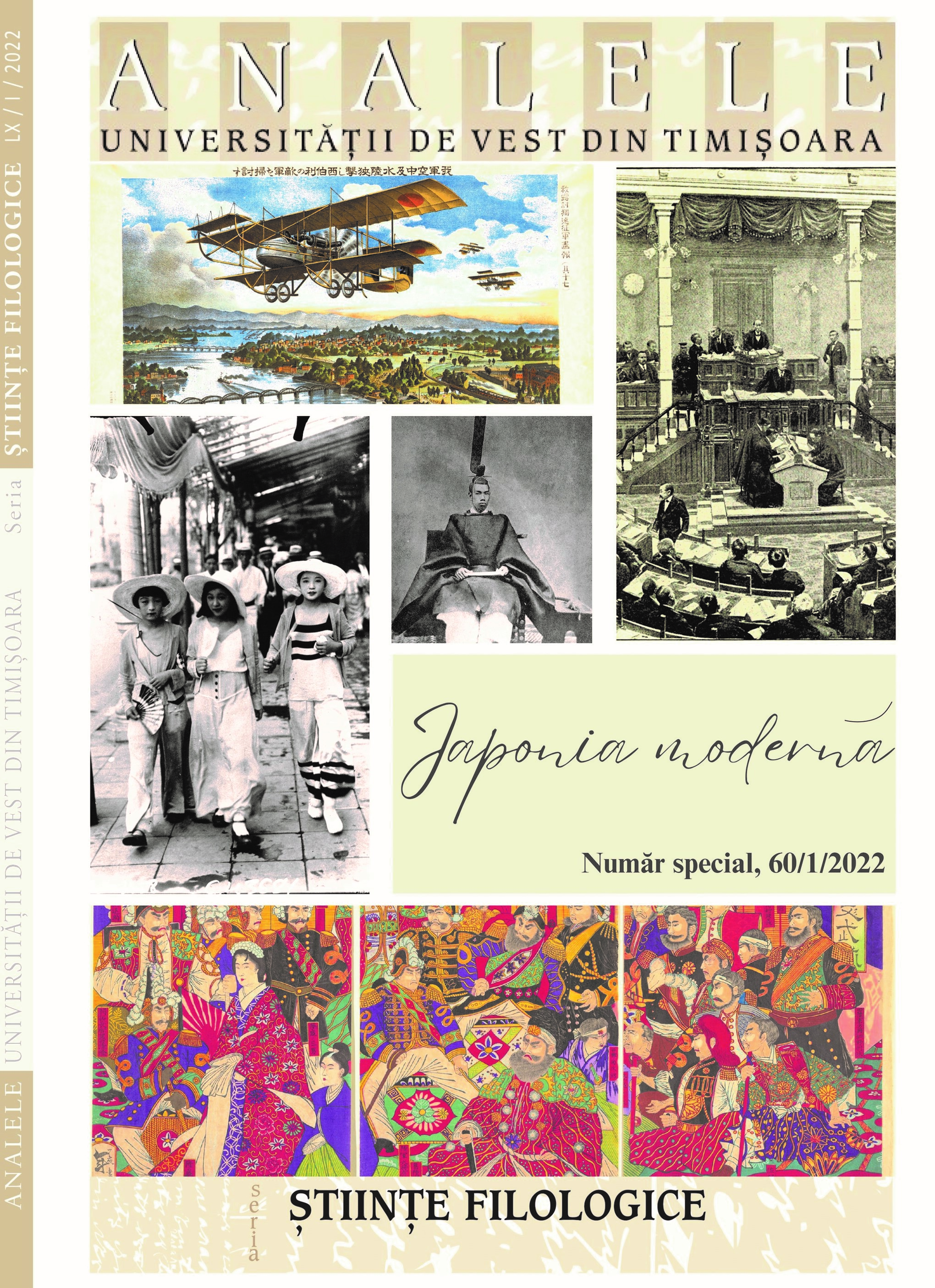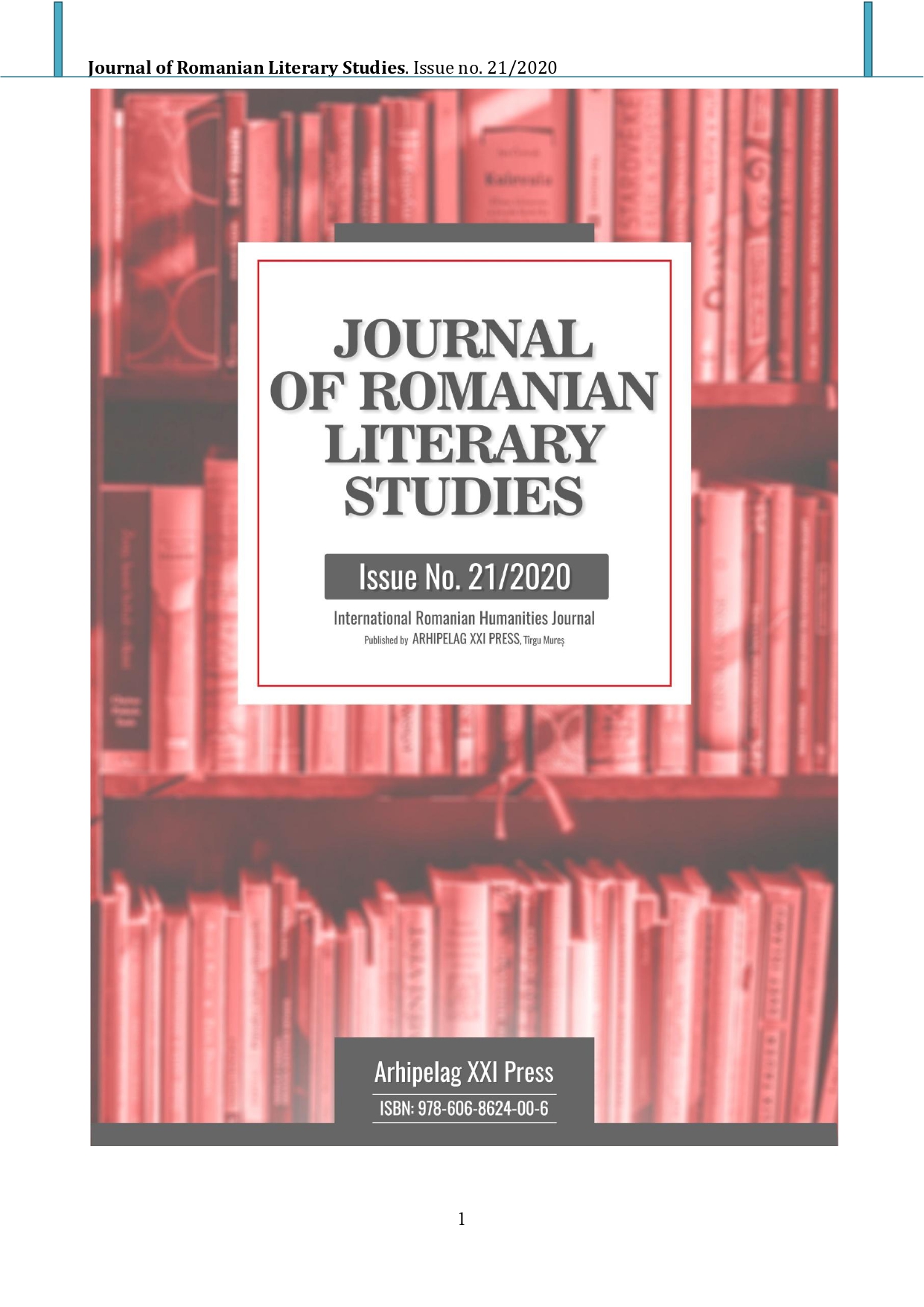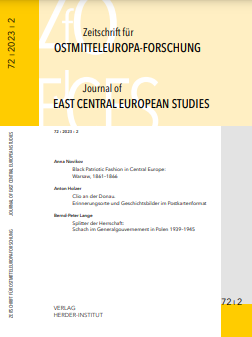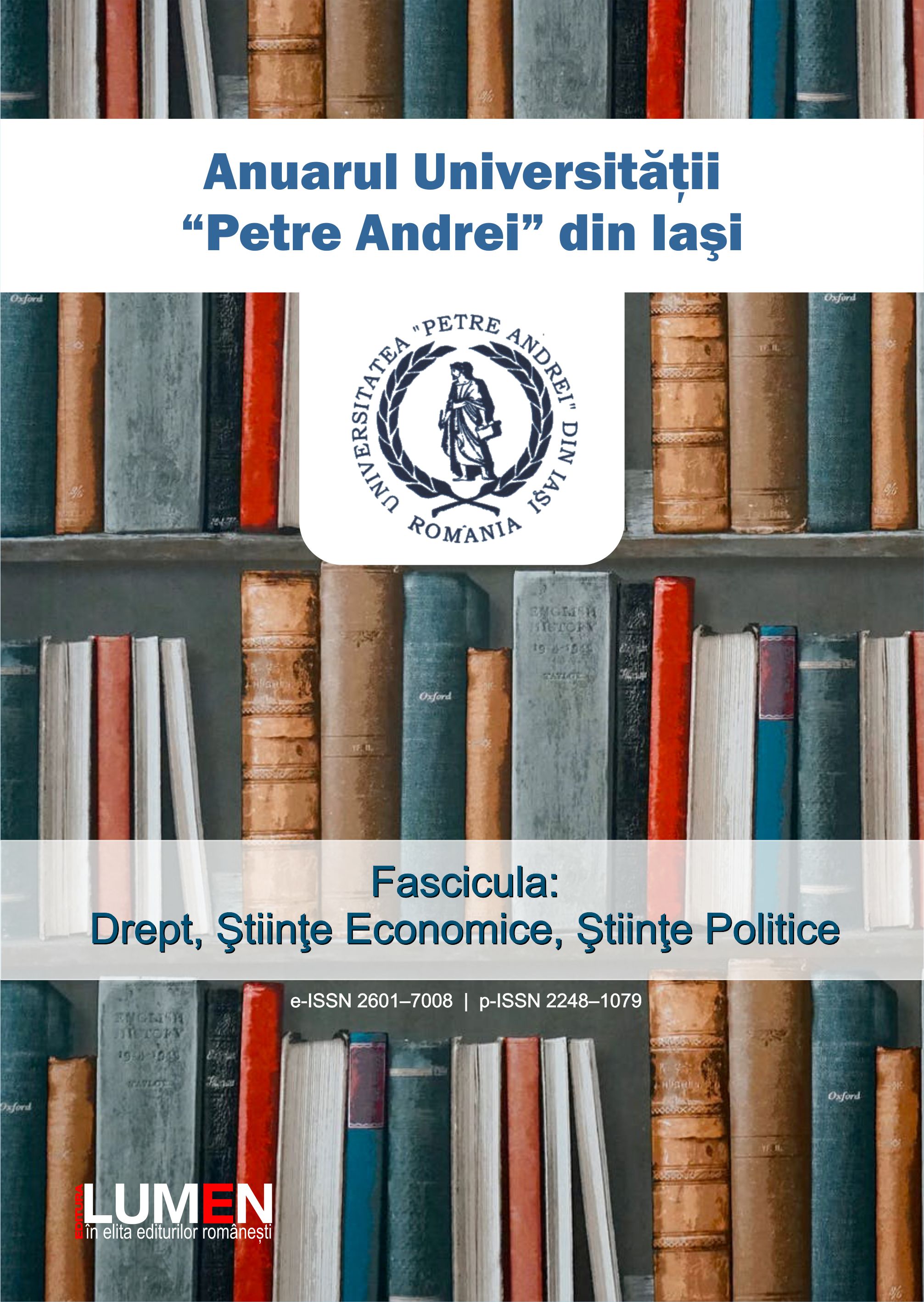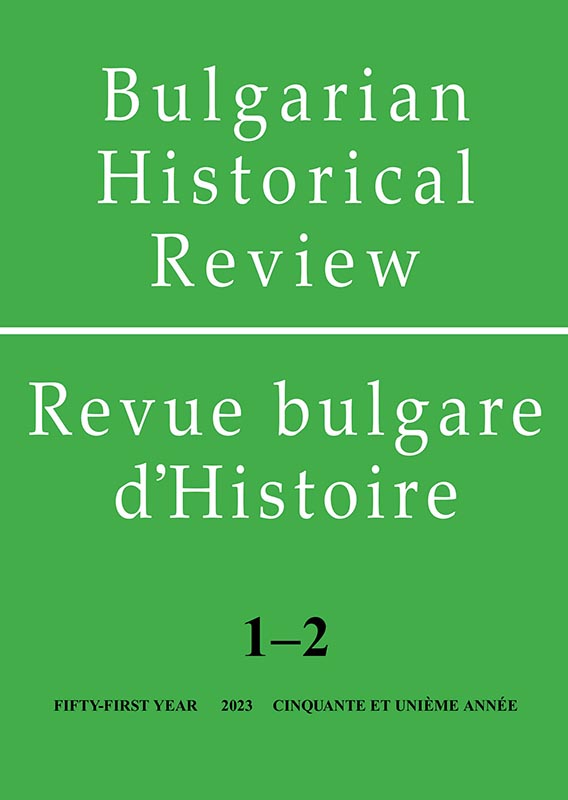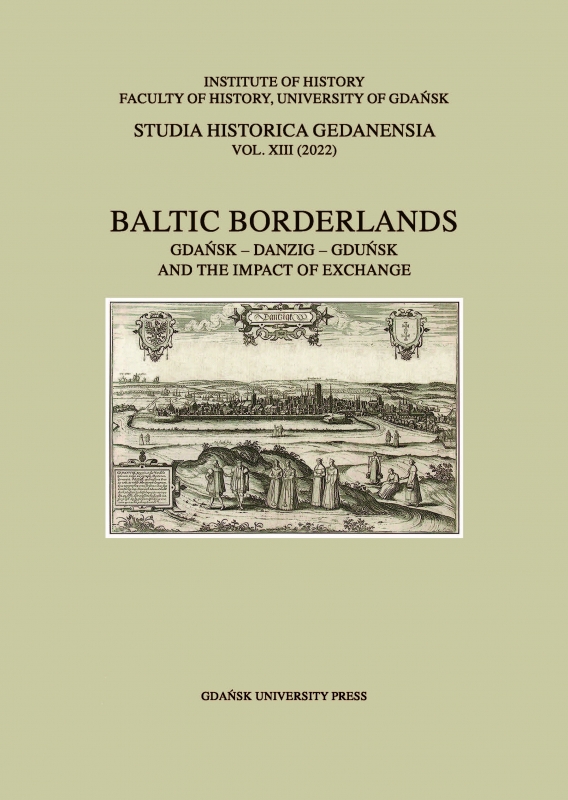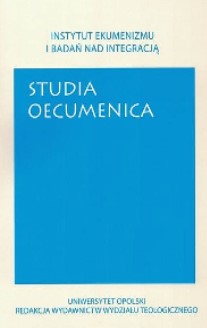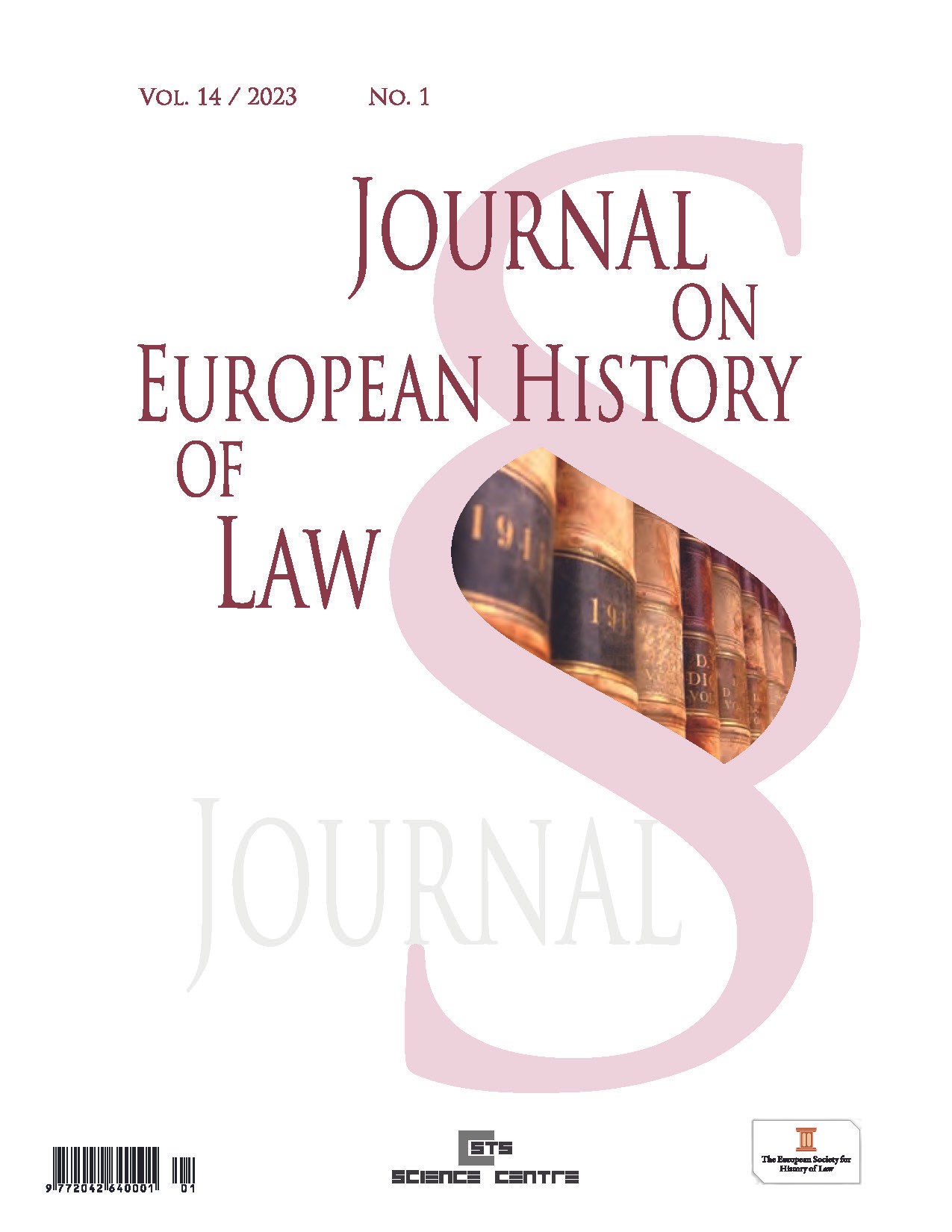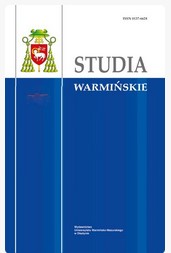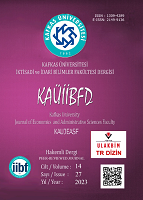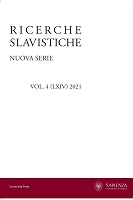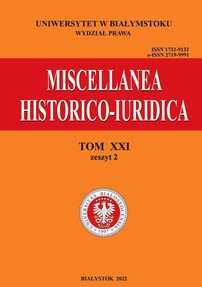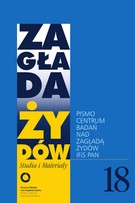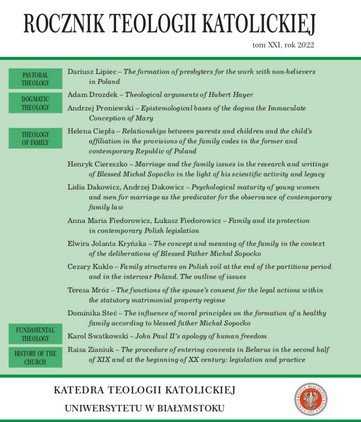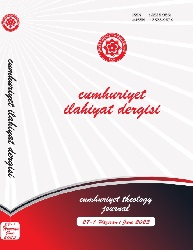Author(s): Fatma Nur GÜCÜYENER,Hüseyin Saraç / Language(s): Turkish
Issue: 17/2023
Hovhannes Katchaznouni, an architect, was one of the most important members of the Armenian Revolutionary Federation (Dashnaksutyun). During the Bolsheviks, who took over the administration with the Bolshevik revolution in Tsarist Russia, the states of Armenia, Georgia, and Azerbaijan in the South Caucasus, where Armenia is located, entered into a formation that acted separately from the Bolsheviks. However, the existence of the formation did not last long due to problems such as historical problems, border conflicts, etc. among them. After the collapse of the Transcaucasian Seym, the three states of the region, Georgia, Azerbaijan, and Armenia, respectively, declared their independence and created new independent states. Katchaznouni became the first prime minister of the newly established Republic of Armenia. However, with the Bolsheviks entering the South Caucasus region with the Red Army, Soviet administrations were established in these states. In the meantime, Katchaznouni, who fled abroad, published a series of articles in Chakatamart newspaper under the title What Should Our Way Be? While emphasizing the importance of Dashnaksutyun in his articles and mentioning that the Bolsheviks will always need them, he read a report at the party conference of Dashnaksutyun in 1923; Dashnak sutyun Has Nothing To Do Anymore.In his report, most of his thoughts had changed, he mentioned that they had made mistakes and suggested that Dashnaksutyun had nothing to do anymore and suggested that the party dissolve itself. Immediately after this article, he applied to the Soviet authorities to return to Armenia. After his application was accepted, Katchaznouni returned to Armenia and continued his profession there. Katchaznouni, who was under probation by the Soviet authorities, was arrested in 1937 on charges of continuing his Dashnak activities and died in prison in early 1938 from tuberculosis. Although applications were made by Katchaznouni's daughter to exonerate him of the crimes laid upon him, this did not happen during the Soviet period. However, in the Republic of Armenia, which was established with the collapse of the Soviet Union, it was accepted that he did not commit these crimes, which he was acquitted of the charges against him in 1992 by the decision of the Armenian Public Prosecutor's Office. In this article, Hovhannes Katchaznouni's life was examined chronologically, his arrest process and his death were emphasized, and the report of Dashnaksutyun’s Nothing to Do Anymore, which is one of the most important works he produced throughout his life, was examined in detail and various evaluations were made.
More...
